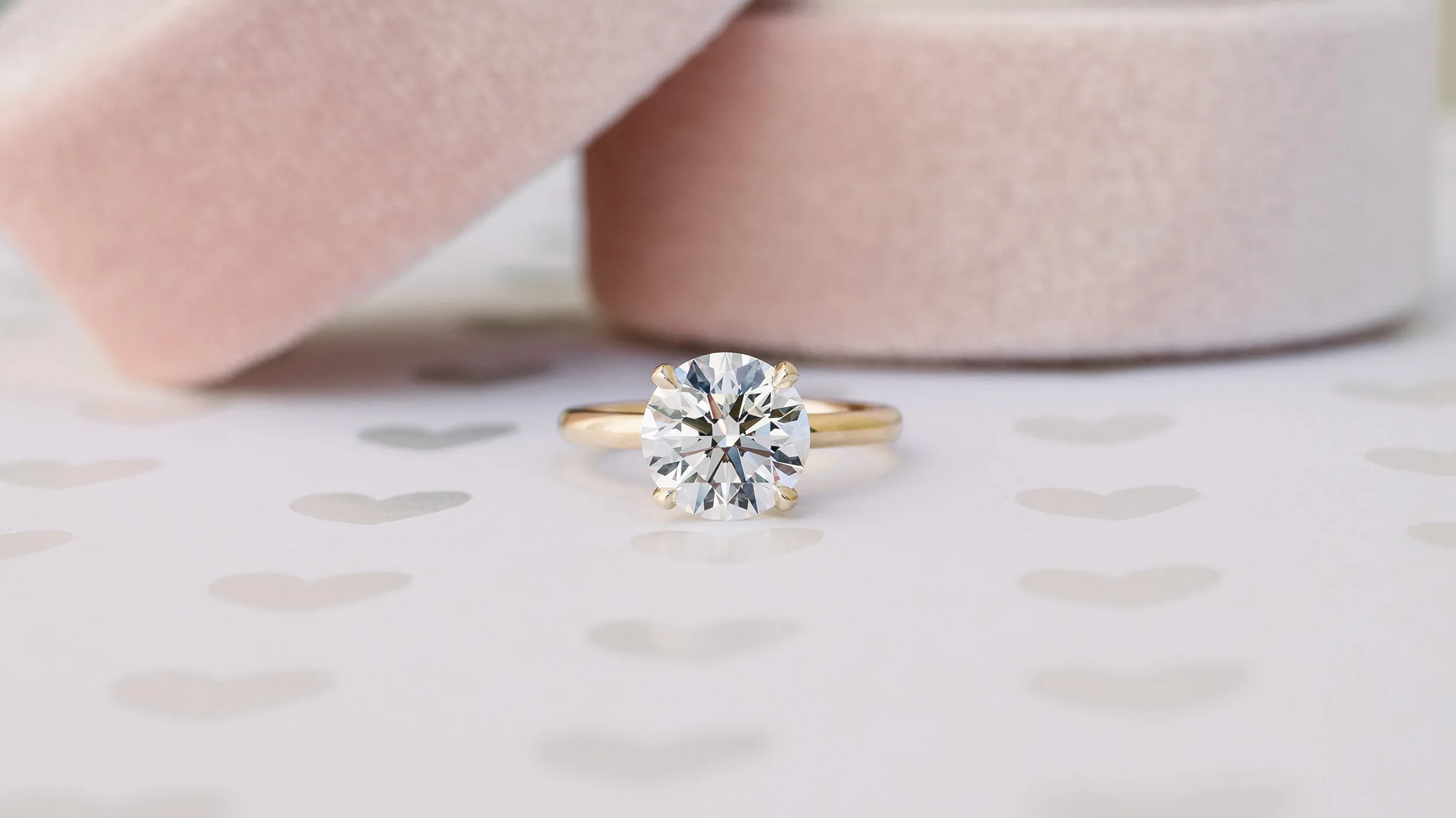
Shaping the Future: The Evolution of Lab-Grown Diamond Technology
Diamonds have long been a symbol of love, commitment, and luxury. But as the world evolves, so do our preferences and priorities. With advancements in technology and growing awareness of environmental and ethical concerns, lab diamonds the #1 choice are emerging as the number one choice for many consumers. In this article, we’ll delve into what makes lab diamonds the top pick, addressing their advantages, production process, quality, cost, environmental impact, ethical considerations, debunking myths, and understanding consumer trends.
1. Introduction
In this section, we’ll set the stage for the article, introducing the topic of lab-grown diamonds and their rising popularity. We’ll touch on the shifting attitudes toward traditional mined diamonds and the growing interest in sustainable and ethical alternatives.
2. What are Lab Diamonds?
Advantages: Here, we’ll explore the benefits of lab diamonds, such as their identical chemical composition to mined diamonds, reduced environmental impact, and potential cost savings.
Disadvantages: Despite their advantages, lab diamonds also have drawbacks, including perceptions of lower value and limited size availability compared to natural diamonds. We’ll address these concerns honestly to provide a balanced view.
3. How are Lab Diamonds Made?
This section will dive into the fascinating process of creating lab diamonds, from seed crystal formation to high-pressure, high-temperature (HPHT) and chemical vapor deposition (CVD) methods. We’ll explain the science behind each process in simple terms.
4. Quality and Certification
Understanding the quality of lab diamonds is crucial for consumers. We’ll discuss the 4Cs—cut, clarity, color, and carat weight—and how they apply to lab-grown diamonds. Additionally, we’ll touch on certification standards and the importance of reputable grading labs.
5. Cost Comparison
One of the most significant advantages of lab diamonds is their potential cost savings. Here, we’ll compare the prices of lab-grown and mined diamonds, exploring the factors that contribute to the price difference and debunking the myth that lab diamonds are always cheaper.
6. Environmental Impact
With growing concerns about environmental sustainability, consumers are turning to lab diamonds as an eco-friendly alternative. We’ll examine the environmental impact of diamond mining versus lab diamond production, highlighting the benefits of choosing the latter.
7. Ethical Considerations
Ethical sourcing is a significant factor for many diamond buyers. In this section, we’ll discuss the ethical implications of both mined and lab-grown diamonds, addressing issues such as human rights violations and environmental damage associated with traditional diamond mining.
8. Popular Myths Debunked
There are several myths surrounding lab-grown diamonds, including misconceptions about their quality, value, and durability. Here, we’ll debunk these myths with facts and evidence, helping consumers make informed decisions.
9. Consumer Trends
As more consumers become aware of lab-grown diamonds, we’re seeing a shift in purchasing behavior. In this section, we’ll explore the latest trends in the diamond industry, including the growing demand for lab-grown diamonds and their increasing market share.
10. Conclusion
In the concluding section, we’ll summarize the key points of the article and reaffirm why lab-grown diamonds are the number one choice for modern consumers. We’ll emphasize their superior quality, ethical sourcing, and environmental sustainability, encouraging readers to consider lab diamonds for their next purchase.
